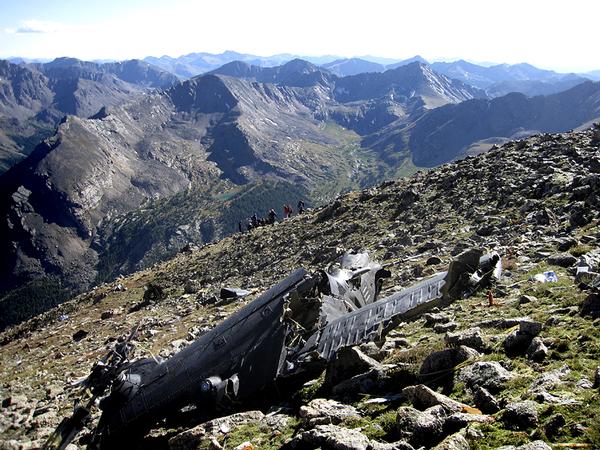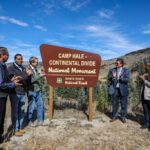Human Error Identified in Fatal Army Helicopter Incident on Mount Massive
DENVER – An official report released by the U.S. Army has concluded that human error was the primary factor in the tragic crash of a Black Hawk helicopter near Leadville, Colorado, on August 19, 2009, which resulted in the loss of all four crew members. The findings were shared by Army spokesperson Kimberly Tiscione during a press briefing on Friday.
Details of the Investigation
The investigation revealed that the helicopter was unable to generate sufficient power for a safe landing at the high altitude of approximately 14,200 feet near the summit of Mount Massive, which stands at 14,421 feet. The Black Hawk was undertaking a training mission at the time of the accident.
It was noted that the flight plan did not adequately consider the aircraft’s performance limitations at such elevations. At these high altitudes, the diminished air density reduces engine power and alters how the aircraft handles. Notably, no mechanical failures were found that could have contributed to the incident.
Crew Background
The helicopter and its crew hailed from the 160th Special Operations Aviation Regiment, widely recognized as the Night Stalkers, based at Fort Campbell, Kentucky. While the investigation did not assign blame to specific individuals, Tiscione emphasized that the responsibility for mission planning lies ultimately with the pilots.
| Crew Member | Age | Role | Hometown |
|---|---|---|---|
| Chief Warrant Officer 4 Terrance W. Geer | 40 | Pilot | Casper, WY |
| Chief Warrant Officer 4 Robert M. Johnson | 41 | Pilot | Seattle, WA |
| Staff Sgt. Chad A. Tucker | 28 | Helicopter Mechanic | Titusville, FL |
| Staff Sgt. Paul R. Jackson | 33 | Standardization NCO | Lancaster, MD |
Adjustments to Training Protocol
In light of the findings, Tiscione indicated that the Night Stalkers have revised their operational procedures to ensure altitude considerations are firmly integrated into mission planning. Training for high-altitude operations is critical for the regiment, which frequently operates under challenging conditions.
The crash site was located at a challenging elevation, and the Colorado Army National Guard maintains a high-altitude aviation training center nearby. However, the unfortunate incident involved a Black Hawk helicopter from Fort Campbell that was not collaborating with this center during the mission.














